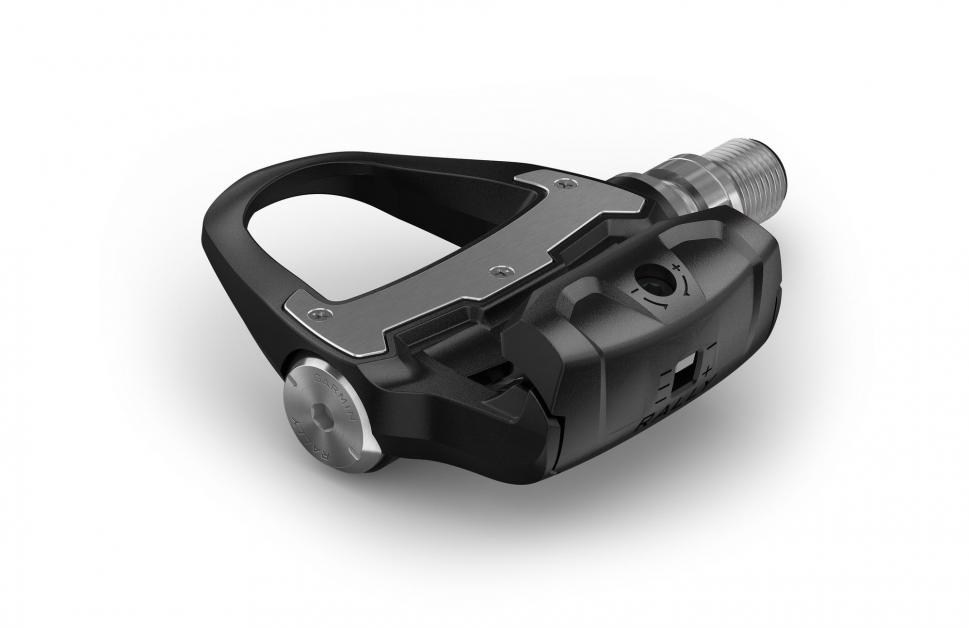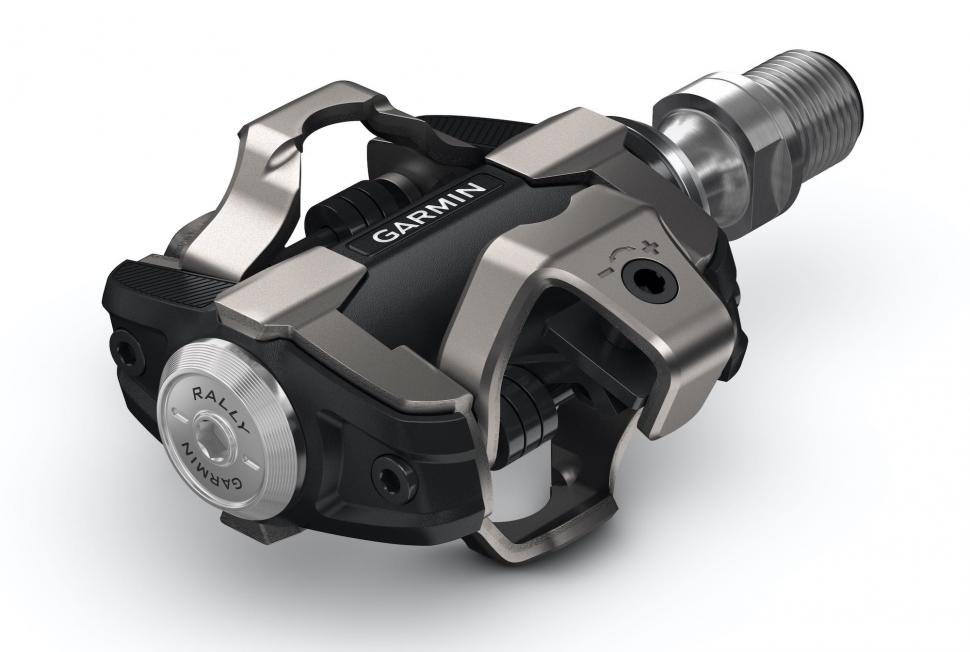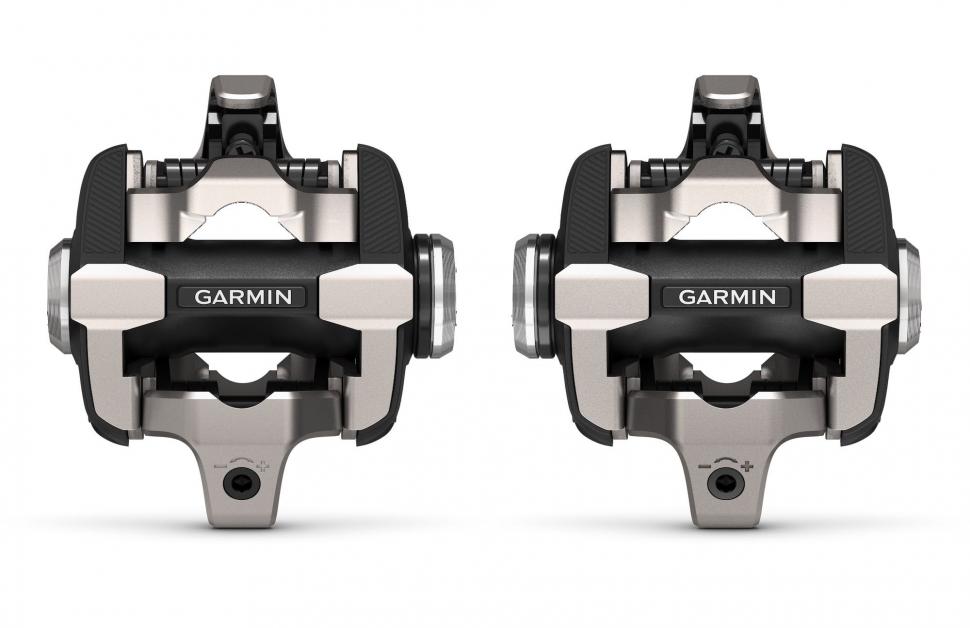- News
- Reviews
- Bikes
- Accessories
- Accessories - misc
- Computer mounts
- Bags
- Bar ends
- Bike bags & cases
- Bottle cages
- Bottles
- Cameras
- Car racks
- Child seats
- Computers
- Glasses
- GPS units
- Helmets
- Lights - front
- Lights - rear
- Lights - sets
- Locks
- Mirrors
- Mudguards
- Racks
- Pumps & CO2 inflators
- Puncture kits
- Reflectives
- Smart watches
- Stands and racks
- Trailers
- Clothing
- Components
- Bar tape & grips
- Bottom brackets
- Brake & gear cables
- Brake & STI levers
- Brake pads & spares
- Brakes
- Cassettes & freewheels
- Chains
- Chainsets & chainrings
- Derailleurs - front
- Derailleurs - rear
- Forks
- Gear levers & shifters
- Groupsets
- Handlebars & extensions
- Headsets
- Hubs
- Inner tubes
- Pedals
- Quick releases & skewers
- Saddles
- Seatposts
- Stems
- Wheels
- Tyres
- Health, fitness and nutrition
- Tools and workshop
- Miscellaneous
- Cross country mountain bikes
- Tubeless valves
- Buyers Guides
- Features
- Forum
- Recommends
- Podcast
TECH NEWS
Garmin introduces new Rally power meter pedals
Garmin has announced a new range of power meter pedals called Rally which offers compatibility with Shimano SPD-SL and SPD cleats, as well as with Look Kéo – so road, gravel, and off-road riding are all covered. You're able to swap from one pedal body to another relatively easily to suit the type of riding you're intending to do.
The Rally power meters are available in single- and dual-sensing pedal options. The range comprises:
- Rally RS100 and Rally RS200, Shimano SPD-SL road cleats
- Rally XC100 and Rally XC200, Shimano SPD off-road cleats
- Rally RK100 and Rally RK200, Look Kéo road cleats
The model names with a 1 in them are single-sensing, the model names containing a 2 are dual-sensing, logically enough.
The Rally range takes over from Garmin's Vector 3 power meter pedals. Garmin says that putting cleat compatibility to one side, key differences are that the battery compartment now has a metal thread and that the battery contacts have been redesigned. Both of these were problem areas for some Vector users.
“With the Rally RK200, Rally RS200 and Rally XC200 dual-sensing pedal-based power meters, cyclists can see right and left leg data metrics independently," says Garmin. "Measuring cadence, total power, left-right balance and advanced cycling dynamics, the dual-sensing pedals show cyclists how and where they are producing power to help them understand their specific strengths and weaknesses to improve their pedalling form.
“The dual-sensing pedals also track time spent seated versus standing so riders can gauge position effectiveness and where power is applied on the pedal to ensure proper cleat position.”
Cycling power meters: explore these 25 systems to find the best one for you
Garmin claims accuracy to within +/-1%, which is the same claim it made for Vector 3. The Rally's axle (including the power-measuring apparatus) is virtually the same as that used in the Vector design; Garmin hasn't reinvented the wheel here.
The single-sensing Rally RK100, Rally RS100 and Rally XC100 use the forces detected on the left pedal only and double it to give your total power. Like other single-sided systems, they assume that your legs are putting out equal levels of power. You can upgrade a single-sensing system to dual-sensing later on (see below).
The Rally power meters are compatible with the Garmin Connect app for uploading data and updating software, and also with popular indoor training platforms such as Zwift, TrainerRoad, and the Tacx Training app via a compatible smartphone.
All Rally models are installed with a pedal spanner and Garmin claims a battery life of up to 120 hours, which is the same as the existing Vector 3. They have been tested in temperatures from -18°C to 40°C.
Garmin claims a weight of 320g for the Rally RS200, 326g for the Rally RK200, and 444g for the Rally XC200. The RS and RK road pedals have a stack height of 12.2mm while the XC off-road pedals have a stack height of 13.5mm.
Read our review of Garmin's Vector 3
The single-sensing pedals cost from £569.99 to £619.99 while the dual-sensing pedals cost from £969.99 to £1,059.99. They’re all available now.
Upgrading from a single-sensing system to a double-sensing system will cost an extra £489.99 to £529.99.
The axle is designed to be transferable between different Rally pedal bodies, so you could buy another pedal body kit and make your Look Kéo compatible pedals into SPD compatible pedals (above), for example. The new conversion kits are compatible with Vector 3 axles too.
The Rally conversion kits range in price from £179.99 to £219.99. We've not used any of these so can't comment on the level of difficulty involved, but Garmin reckons that any cyclist should be capable of swapping the pedal bodies and that it takes 5-10 minutes once you know what you're doing. Garmin sees it as a change you'd make on a seasonal basis rather than something you’d do from day to day.
Mat has been in cycling media since 1996, on titles including BikeRadar, Total Bike, Total Mountain Bike, What Mountain Bike and Mountain Biking UK, and he has been editor of 220 Triathlon and Cycling Plus. Mat has been road.cc technical editor for over a decade, testing bikes, fettling the latest kit, and trying out the most up-to-the-minute clothing. He has won his category in Ironman UK 70.3 and finished on the podium in both marathons he has run. Mat is a Cambridge graduate who did a post-grad in magazine journalism, and he is a winner of the Cycling Media Award for Specialist Online Writer. Now over 50, he's riding road and gravel bikes most days for fun and fitness rather than training for competitions.
Latest Comments
- Jem PT 18 min 51 sec ago
I had often thought that freewheeling energy might be able to be harvested to recharge something electrical on a bike, if not the bike itself. But...
- chrisonabike 1 hour 9 min ago
Sorry the old bicycle was stolen. It should be pretty distinctive if it comes to light e.g. on the net....
- Secret_squirrel 1 hour 35 min ago
Whilst I agree with most of the outrage in the comments - the fact remains that when taken against the average this is a pretty strong sentence,...
- chrisonabike 1 hour 37 min ago
Are they least acceptable when unlicenced or unlicensed though?
- KDee 1 hour 52 min ago
Here in NL a lot of the bike shops use a ceiling mounted hoist to lift bikes rather than workstands. Not surprising, some bikes like the transport...
- chrisonabike 2 hours 13 min ago
Well the entry-level requirement of their job is that they persuade everyone * they're great. Or at least better than the other options......
- matthewn5 2 hours 38 min ago
Mmmm, that quality of finish
- David9694 2 hours 42 min ago
Fresh calls for relief road after lorry hits George Inn in Leeds...
- matthewn5 2 hours 47 min ago
No 11 speed double crankset? Or am I missing something?
- David9694 2 hours 54 min ago
Police advise against councillors attending public meeting...















Add new comment
8 comments
One word. Assioma Duo.
I've been happy with my Vector 3 dual. They've done over 32,000km in all weathers. Been using CR1/3N batteries for a long time and those stopped any drop outs. (Garmin have now moved to the CR1/3N battery as standard in the new version)
I've just got another barely used second hand dual set as the bodies and bearings on my original ones were getting tired. I think I might get the XC conversion kit to refresh the original ones and use those on the MTB and Hybrid.
If the backup for these is anything like their GPS units then it'll be best to give these a wide berth!
If the team behind the iq2 power meter can ramp up production you may well be far better off with their product than another flakey Garmin. The iq2 will also be far less expensive
If being the operative word.
https://www.dcrainmaker.com/2020/05/iq2-power-meter-pedals-first-rides-t...
I have found Garmin customer service to be so poor, that I wouldn't entertain the idea of spending a significant amount of money on any of their products.
Interesting but expensive...and I can say from personal experience Vector 3's really weren't very reliable, sold my warranty replacement without opening the box as the replacements didn't have a warranty with them and I wasn't convinced the same problems wouldn't re-surface. I knew other people who did the same.
Legit concern with earlier models. They had issues with battery door design in rev 1, and with spindle separation from the pedal body in rev 2, but my rev 3s (very lucky to get one of the first batch as an alternative to a 'repair' of my Vector 2s, which I'd ridden into the ground over 40,000km and three years) have been rock solid ever since I got them ten months and 14,000km ago.
Garmin's QA has ALWAYS been shite - if you buy at least the first revision of any of their hardware you're basically a public beta tester 😂